Chemical Permeation
The chemical permeation of our product is measured in accordance to European Standard EN 374-3. This measures the resistance of protective gloves against chemicals and microorganisms. Part 3 of the standard determines the level of resistance to permeation by chemicals.
Breakthrough Time (BTT)
The number of minutes from initial contact with a test chemical until it is first detected on the inside of the glove.
Breakthrough Time - Protection Index
Each chemical tested is classified in terms of breakthrough time (performance level 0 to 6).

CAUTION: This information is provided as an aid in determining the general suitability of various products for use with specific chemicals. These recommendations are advisory only and the SUITABILITY OF THE PRODUCT FOR A SPECIFIC APPLICATION OR ENVIRONMENT MUST BE DETERMINED BY THE PURCHASER OR USER OF THE PRODUCT. This information should be used as a guide only.

 Safety HelmetsTraverse™280-HP1491RVM
Safety HelmetsTraverse™280-HP1491RVM
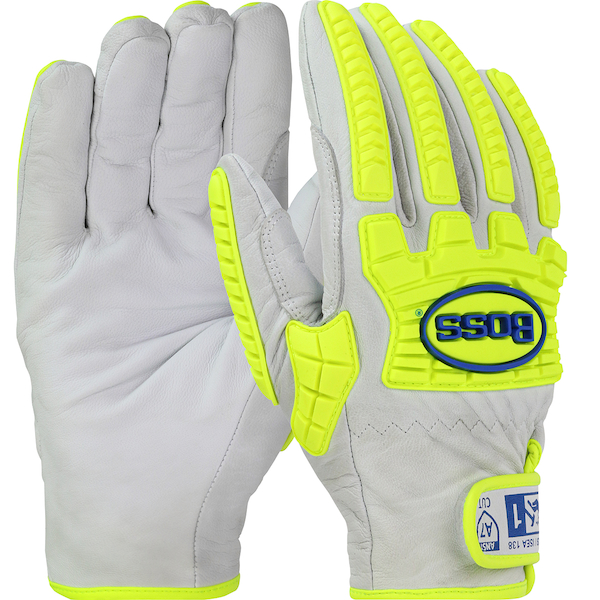 Hi Performance GloveBoss®9916
Hi Performance GloveBoss®9916
 Safety HelmetsKilimanjaro™280-HP642R-CH
Safety HelmetsKilimanjaro™280-HP642R-CH
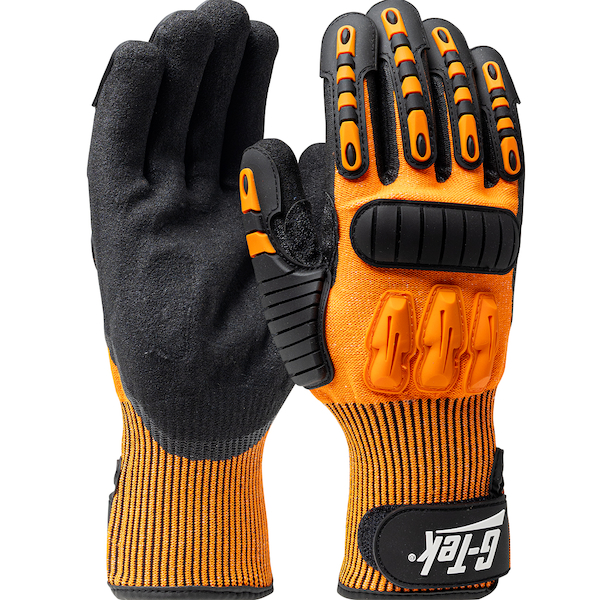 Hi Performance GloveG-Tek®120-5150
Hi Performance GloveG-Tek®120-5150
 Safety HelmetsKilimanjaro™280-HP642RV-CH
Safety HelmetsKilimanjaro™280-HP642RV-CH
 Arc Protection KitsPIP®9150-52436
Arc Protection KitsPIP®9150-52436
 Extended Use Disposable GlovesGrippaz™ Engage67-307
Extended Use Disposable GlovesGrippaz™ Engage67-307
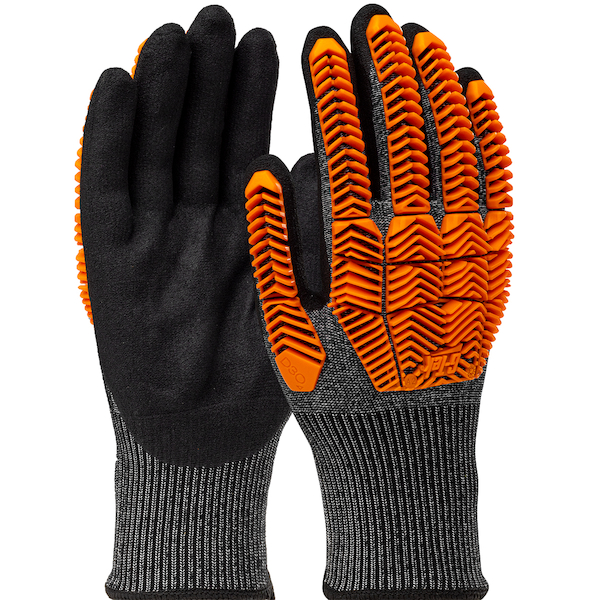 Hi Performance GloveG-Tek® PolyKor®16-MPT630
Hi Performance GloveG-Tek® PolyKor®16-MPT630
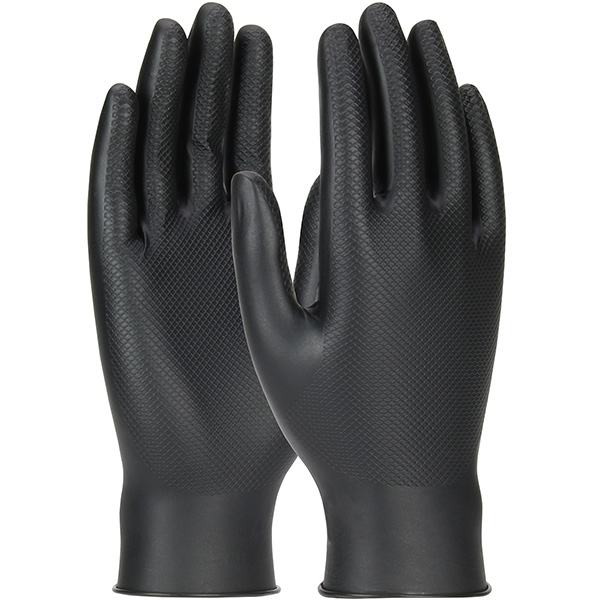 Extended Use Disposable GlovesGrippaz™ Skins67-246
Extended Use Disposable GlovesGrippaz™ Skins67-246
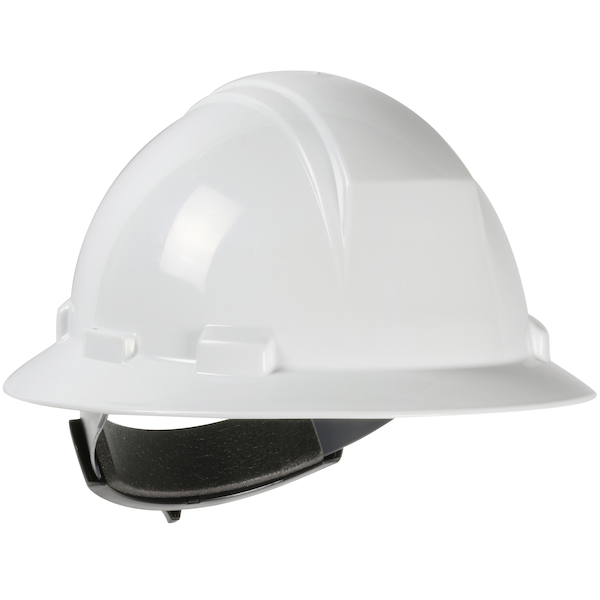 Hard HatsKilimanjaro™280-HP642R
Hard HatsKilimanjaro™280-HP642R
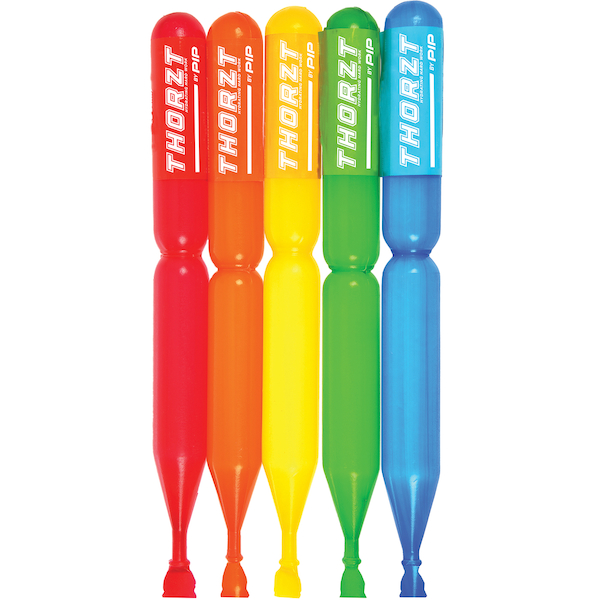 HydrationTHORZT™ICEMIX
HydrationTHORZT™ICEMIX
 Cut Resistant GlovesG-Tek® PolyKor®16-560
Cut Resistant GlovesG-Tek® PolyKor®16-560






















